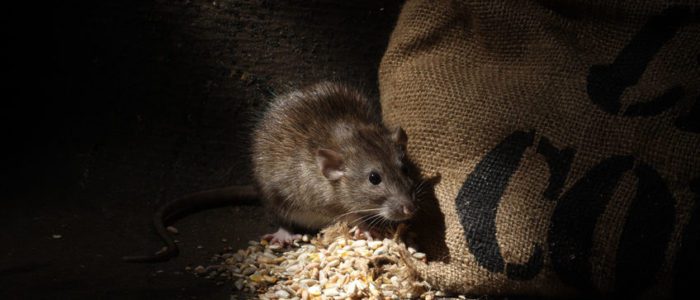How To Tell Mice and Rats Apart
There are more than 1,500 rodent species around the world, and they include chinchillas, beavers, squirrels, guinea pigs, gerbils and hamsters. However, as soon as we hear the word “rodents” two species come to mind: rats and mice. These latter rodents have been a thorn in our side for millennia, and while the two species can be quite similar, there are also pronounced differences. In this article, we’re going to take a look at these differences and help you tell mice and rats apart.
Differences in size and weight
Mice will range in size from 4.5 inches to 7 inches, while rats can reach lengths of 15 inches. It should be easy to tell the two species apart when you are dealing with two adults, but it becomes a bit more complicated when you have an adult mouse and a baby rat. In terms of weight, rats are much larger, reaching up to 17 ounces, while your average mouse will be around 0.7 ounces.
Differences in diet
Both these rodent species are omnivores eating both plants and meat. However, they do have differences in diets. Rats tend to eat larger food items, and they will generally prefer meats, pet food, stored cheese and fish. Mice on the other hand are likely to go for nuts, seeds, vegetables, fruits and grains.
Differences in droppings
Mice and rats are very filthy pests, because they do not mind sewers and trash. They will often come into contact with rotting materials and the dangerous bacteria that accompany them. They also have similar habits when it comes to defecation, leaving their droppings everywhere. Mouse droppings resemble dark rice with an average length of 0.2 inches, rats have slightly larger, rounder droppings with a length of 0.3 inches.
Do you have a rodent infestation?
If you notice that a creature has been nibbling at the food in your home, or if you start to see tiny droppings around the house, you can use these clues to identify which species you are dealing with. The issue will become much clearer if you can actually see the pest. This knowledge can help you better set up traps and baits to ensure that you eliminate the infestation. However, if the rat or mouse nest is too large, with too many members, DIY solutions will not really cut it. This is where we come in. Contact us today for pest control services.


Comments are closed.